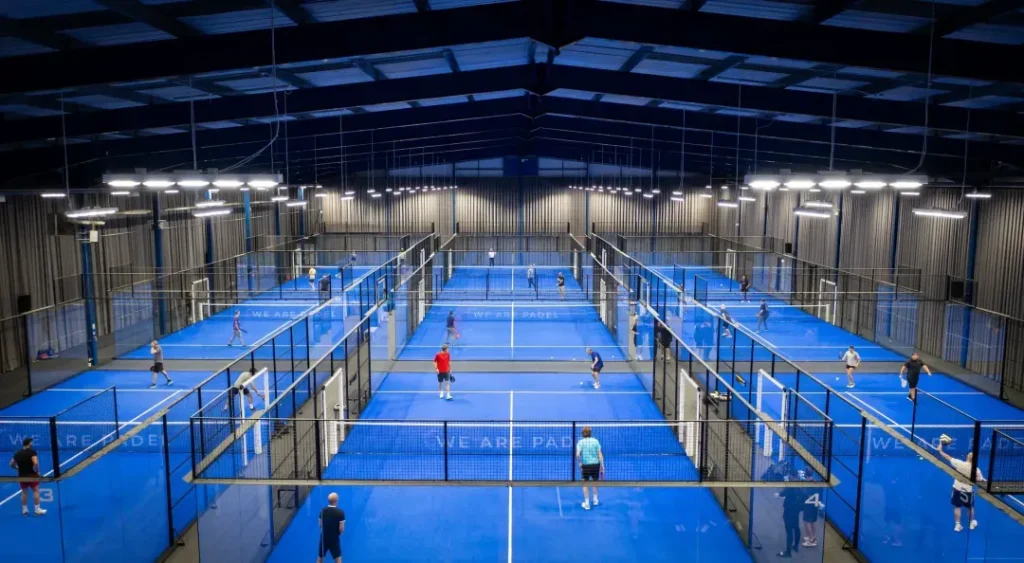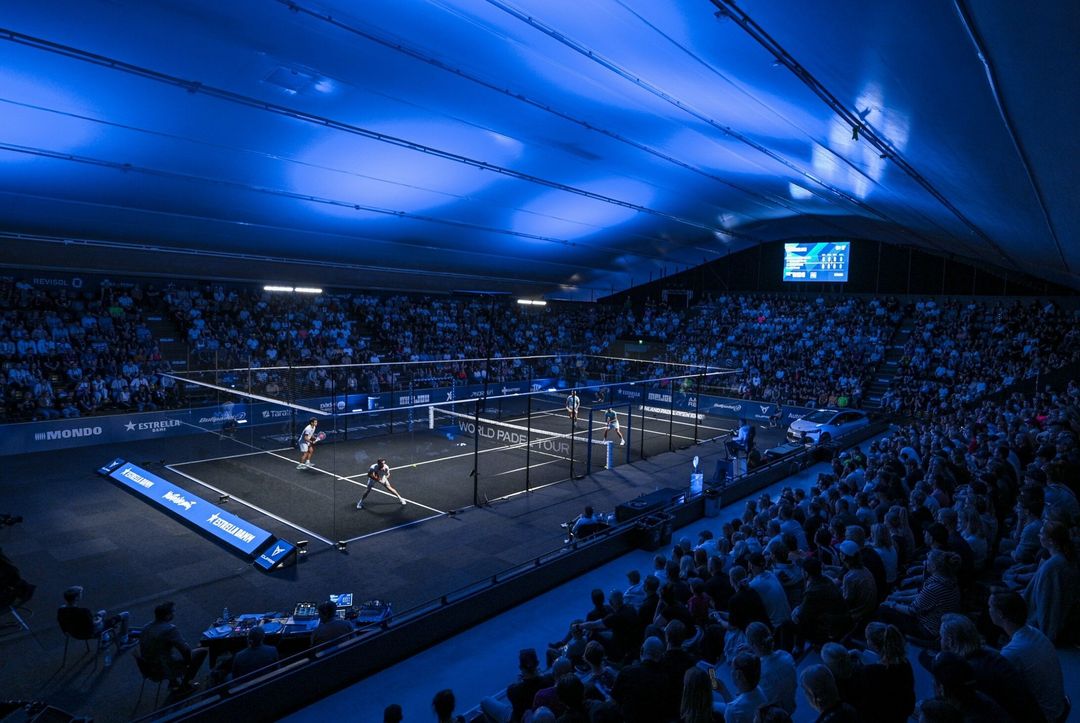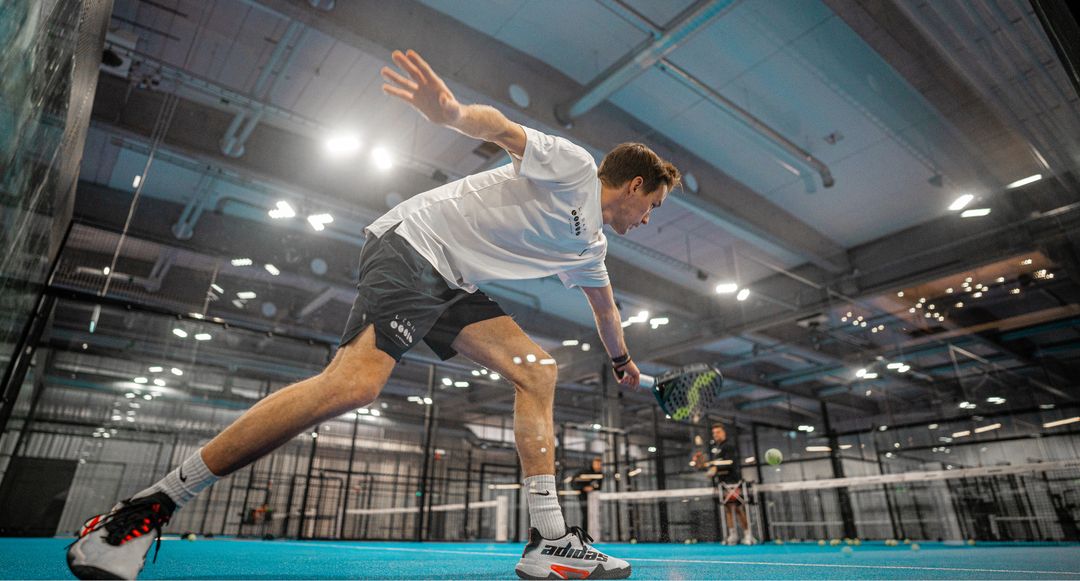Padel, the exciting racquet sport blending tennis and squash elements, has taken the world by storm. Its unique blend of teamwork, strategy, and fast-paced action makes it incredibly appealing to players of all skill levels. A key element contributing to this appeal is the specially designed court. This blog post delves into the intricacies of padel court dimensions, offering a comprehensive guide for players, coaches, and enthusiasts alike. We will explore standard measurements as outlined by the International Padel Federation (FIP), dissect the nuances of the playable area, and examine the critical role of service lines and net specifications. Understanding these dimensions is crucial for mastering the game and appreciating its unique characteristics.
Standard Padel Court Measurements
The International Padel Federation (FIP) meticulously defines the standard padel court dimensions, ensuring a fair and consistent playing experience worldwide. According to the FIP, a standard padel court measures 20 meters (65.6 feet) in length and 10 meters (32.8 feet) in width. A minor construction tolerance of 0.5% is permitted. The net, which divides the court into two equal halves, stands 88 centimeters high at its center and is stretched taut to 92 centimeters at the sides. “Maintaining these standard measurements ensures a fair and predictable playing experience for padel enthusiasts everywhere,” as stated in the FIP guidelines. These specific measurements are not arbitrary; they contribute significantly to the game’s dynamic and strategic nature. The court’s rectangular shape, coupled with the surrounding walls, creates a unique playing environment that encourages volleys, lobs, and creative shot-making.
Exploring the Playable Area
While the overall dimensions provide the court’s framework, the playable area dictates the movement and strategy within the game. The standard playable area on a padel court is 10 meters wide and 20 meters long, creating a dynamic space for players to maneuver. “This difference in playable area size translates to a faster-paced and more dynamic game in padel,” highlights the importance of understanding the space. Compared to a tennis court, which is significantly larger, the smaller padel court promotes quicker reflexes, strategic positioning, and an increased emphasis on volleying. The presence of walls surrounding the court adds another layer of complexity, enabling players to utilize creative shots and unpredictable bounces to their advantage. This unique environment fosters a fast-paced and engaging gameplay experience, demanding both physical agility and tactical prowess.
Service Line and Net Specifications
The service lines and net act as critical boundaries, governing the delivery and playability of shots within the padel court. The service lines are positioned parallel to the net, 6.95 meters away on each side of the court. These lines effectively divide the court’s length into nearly equal sections. Each service line extends 20 centimeters towards the back of the court, allowing serves that land on the line to be considered valid. As for the net, it stretches across the entire width of the court, measuring precisely 10 meters in length. However, the net height isn’t uniform. It stands 88 centimeters tall at the center and gradually increases to a maximum of 92 centimeters at the end posts. “This slight difference is very significant as it adds nuances of subtle and strategic challenges to serving and receiving serves, encouraging well- thought-out placement and return techniques while the game is in play,” highlighting the importance of the differences. This subtle variation introduces strategic challenges to both serving and receiving, encouraging thoughtful placement and return techniques.
Wall Height and Construction
The walls surrounding the padel court are integral to the game, providing a unique dimension not found in other racquet sports. The minimum height of these walls is 4 meters, offering ample space for players to execute strategic lobs and high volleys. The construction of the walls typically involves a combination of glass and mesh, allowing spectators to view the game while ensuring player safety and containing the ball within the court. Glass panels are commonly used in the lower sections of the walls, providing a clear view of the action, while mesh sections are often incorporated in the upper portions to allow for ventilation and prevent the ball from bouncing back too forcefully. The strategic use of the walls is a key element of padel, requiring players to develop the ability to anticipate rebounds and utilize angles to their advantage.
Impact of Court Size on Gameplay
The relatively compact size of the padel court significantly influences the gameplay, fostering a more dynamic and engaging experience. The smaller court promotes quicker rallies, faster reflexes, and an increased emphasis on strategic positioning. Players have less space to cover compared to tennis, leading to more frequent volleys, close-quarters exchanges, and intricate tactical maneuvers. The presence of walls adds another layer of complexity, enabling players to utilize creative shots and unpredictable bounces to their advantage. “The smaller court promotes quicker rallies, faster reflexes, and an increased emphasis on strategic positioning.” This unique environment fosters a fast-paced and engaging gameplay experience, demanding both physical agility and tactical prowess. The compact court size also makes padel more accessible to players of varying ages and fitness levels, as it requires less running and court coverage compared to other racquet sports.
Optimizing Your Game with Court Awareness
Understanding the dimensions of the padel court is essential for optimizing your gameplay and developing winning strategies. By familiarizing yourself with the measurements of the playable area, service lines, net height, and wall dimensions, you can make informed decisions about positioning, shot selection, and tactical maneuvers. Court awareness allows you to anticipate your opponent’s moves, predict ball trajectories, and utilize the walls to your advantage. For example, knowing the height of the walls enables you to execute effective lobs that force your opponent to the back of the court, while understanding the net height allows you to strategically place your shots to make them difficult to return. “Court awareness allows you to anticipate your opponent’s moves, predict ball trajectories, and utilize the walls to your advantage.” By developing a strong understanding of the court’s dimensions, you can elevate your game and gain a competitive edge.
Padel Court Construction Considerations
Constructing a padel court requires careful attention to detail to ensure that it meets the specified dimensions and provides a safe and enjoyable playing environment. The selection of materials, surface type, and lighting are all critical factors to consider during the construction process. The court surface should be durable, slip-resistant, and provide consistent ball bounce. Common surface options include synthetic turf, concrete, and acrylic. Proper lighting is essential for evening play, ensuring adequate visibility without creating glare or shadows. The walls should be constructed of high-quality glass and mesh, providing both durability and visibility. Furthermore, the court should be properly leveled and drained to prevent water accumulation and ensure a consistent playing surface. Investing in high-quality materials and professional construction services is essential for creating a padel court that will provide years of enjoyment.
Conclusion
The dimensions of a padel court are not arbitrary; they are meticulously designed to shape the fast-paced, strategic nature of the game. From the standard 20×10-meter playable area to the strategically sloped net and the surrounding walls, every aspect plays a crucial role in the overall playing experience. Understanding these dimensions, including the service lines and wall heights, empowers players to move confidently, develop winning tactics, and appreciate the unique characteristics of padel. Padel’s popularity continues to soar, its distinctive court dimensions remain a cornerstone of its appeal. These specifications foster a playing style unlike any other racquet sport, one that embraces both precision and creativity. So, whether you’re a seasoned player or a curious newcomer, take the time to understand the dimensions of the padel court. Embrace its unique measurements and get ready for a game unlike any other. By doing so, you’ll unlock a deeper appreciation for the sport and elevate your gameplay to new heights.





